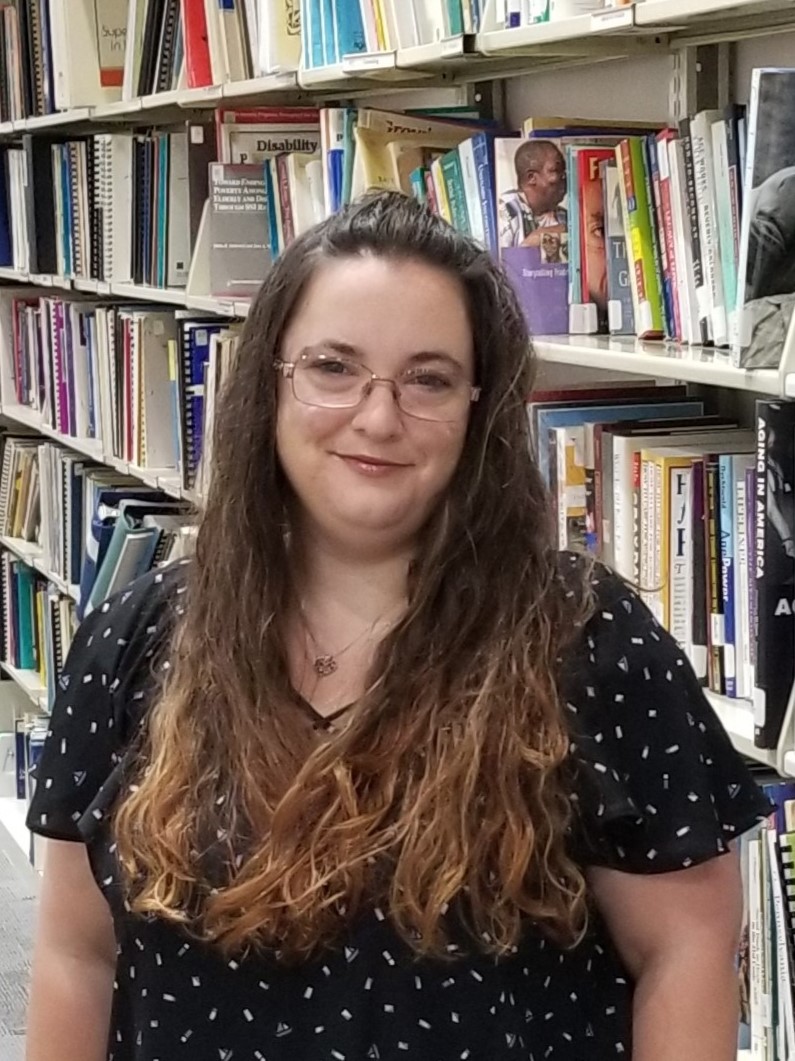City works to improve health disparities
By Jay Nachman
Social determinants, or social factors, are the most important factors in determining whether older adults can age well.
According to “Disrupting Disparities in Pennsylvania,” a report by AARP Pennsylvania and Drexel University’s College of Nursing and Health Professions, your ZIP code has more to do with your health outcomes than your genetics. We need to show the disparity and the gaps in services, particularly in rural areas and inner-city areas. Many people really don’t realize that your ZIP code has more to do with your health outcome. A striking feature of aging, according to the report, is that it is characterized by two disparities, geographic and racial, that combine to negatively impact healthy aging.
“Many of the public health issues that Philadelphia faces are due to or exacerbated by historical and systemic racism,” said Philadelphia Health Commissioner Dr. Cheryl Bettigole. “The Health Department is committed to solving these problems from a place that acknowledges racism.”
The City of Philadelphia is committed to tackling health disparities, as demonstrated by its hiring of the City’s first Chief Racial Equity Officer, Gail Carter Hamilton, by the Health Department. This newly created position is intended to centralize and spearhead efforts to ensure racial equity in Health Department operations and activities and to help guide planning to address health inequities in Philadelphia.
“So many of our communities are struggling under the dual burden of systemic racism and the pandemic, which led to much worse outcomes in communities of color,” said Carter Hamilton, who has a Master of Science in Nursing from Wilmington University. “I look forward to ensuring that racial equity is at the heart of our operations and that we are able to build sustainable partnerships throughout the city in order to maintain robust public health programs.”
Sarah Peterson, the City’s deputy communications director, noted that the City works closely with PCA to support older Philadelphians. “We have also worked closely with the Age Friendly/Livable Communities network to implement recommendations related to housing, transportation and access to green space,” Peterson said. “There are access issues that contribute to health and recognizing the disparities is key to finding equitable solutions.”
Further, many Black and brown older adults significantly lag in technology access. For some, their only internet access comes from libraries and senior community centers.
To remedy that, the City supports the Digital Navigator network to help any Philadelphia resident obtain devices and affordable internet access, as well as connect to other essential services. The Digital Literacy Alliance (DLA) and the Office of Children and Families’ Adult Education have also funded several adult education and digital literacy providers that have been working with older adults.
Social epidemiologists believe that fundamental causes in society, including racism, societal structures, and distribution of wealth or political power, lead to health disparities. Jana Hirsch, Ph.D., assistant research professor at Drexel University’s Dornsife School of Public Health, pursues research into the racial inequities that produce poor health outcomes among different populations. She is a contributor to the “Disrupting Disparities” report and “Close to Home: The Health of Philadelphia’s Neighborhoods,” a 2019 report by Drexel University’s Urban Health Collaborative and the Philadelphia Department of Public Health.
Both reports draw on research that health is impacted by the neighborhoods in which people live. Indeed, “Close to Home” reports, “Living just a few miles away can decrease life expectancy by nearly 20 years. Many Philadelphians live, learn, work, shop and play in neighborhoods that make good health difficult to achieve. These contextual factors mediate genetic determinants of health and shape health behaviors.”
According to “Close To Home,” solutions that policy makers can undertake to improve health disparities for older adults include efforts in low-income neighborhoods to improve access to fresh fruits and vegetables and to reduce the oversupply of unhealthy products; supportive infrastructure for active transportation, such as walking and bicycling, and engineering changes to improve safety for pedestrians; and expanded access to health insurance for people who are uninsured.
“While the structural issues governing health disparities for older adults can take years to address, there are intermediate steps, or resources that can be delivered, to allow older adults to age well in their homes and neighborhoods,” Hirsch said, echoing some of the actions that the City is taking.
Increased greenery and trees; access to recreation centers; accessible transit stops; and resources to access amenities, like pharmacies and hospitals, can all be improved to help older adults. “All of those things can impact people’s ability to get the care they need to live the life that they want and to age successfully in their neighborhoods,” Hirsch said.
Livability Index
How “livable” is your neighborhood? To find out, go the AARP Livability Index at LivabilityIndex.aarp.org and type in your ZIP code. The index scores neighborhoods and communities across the United States for the services and amenities that most impact quality of life, including housing, the environment, transportation and health care access.
Jay Nachman is a freelance writer in Philadelphia who tells stories for a variety of clients.




